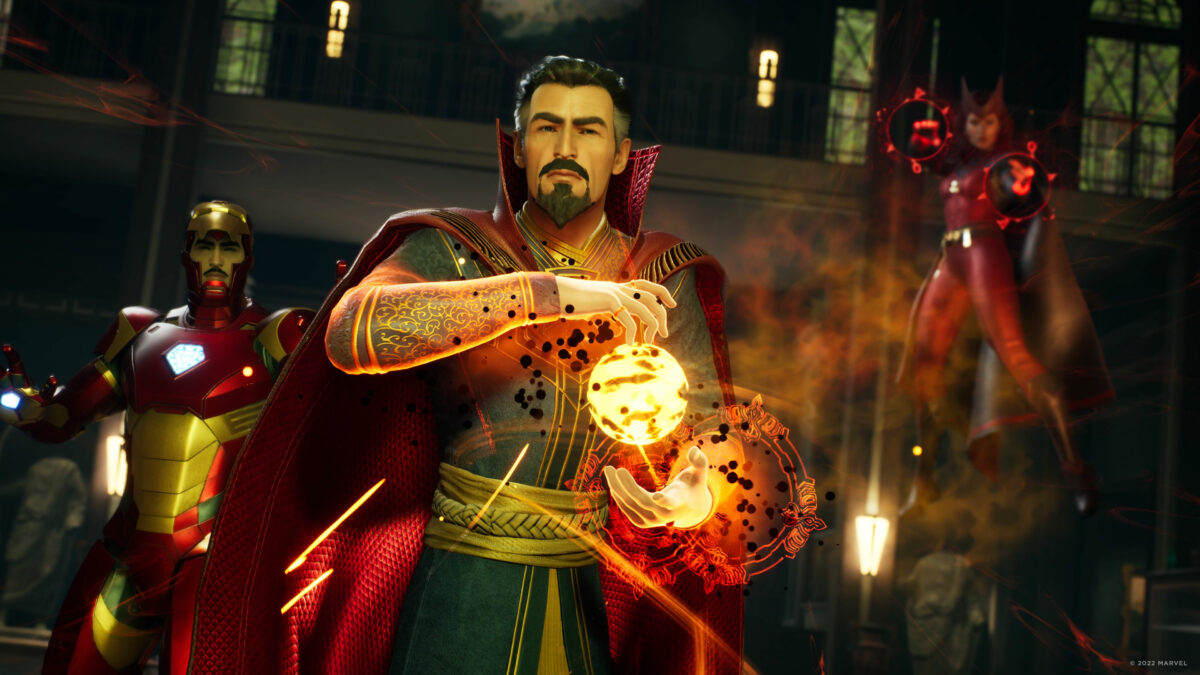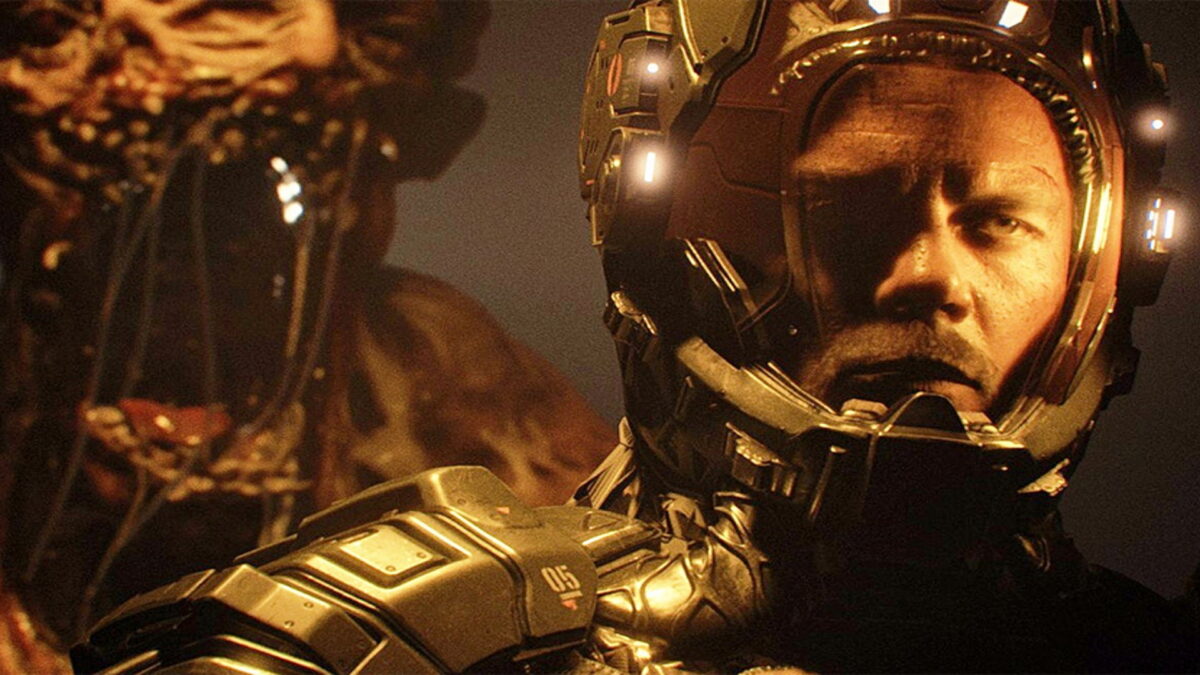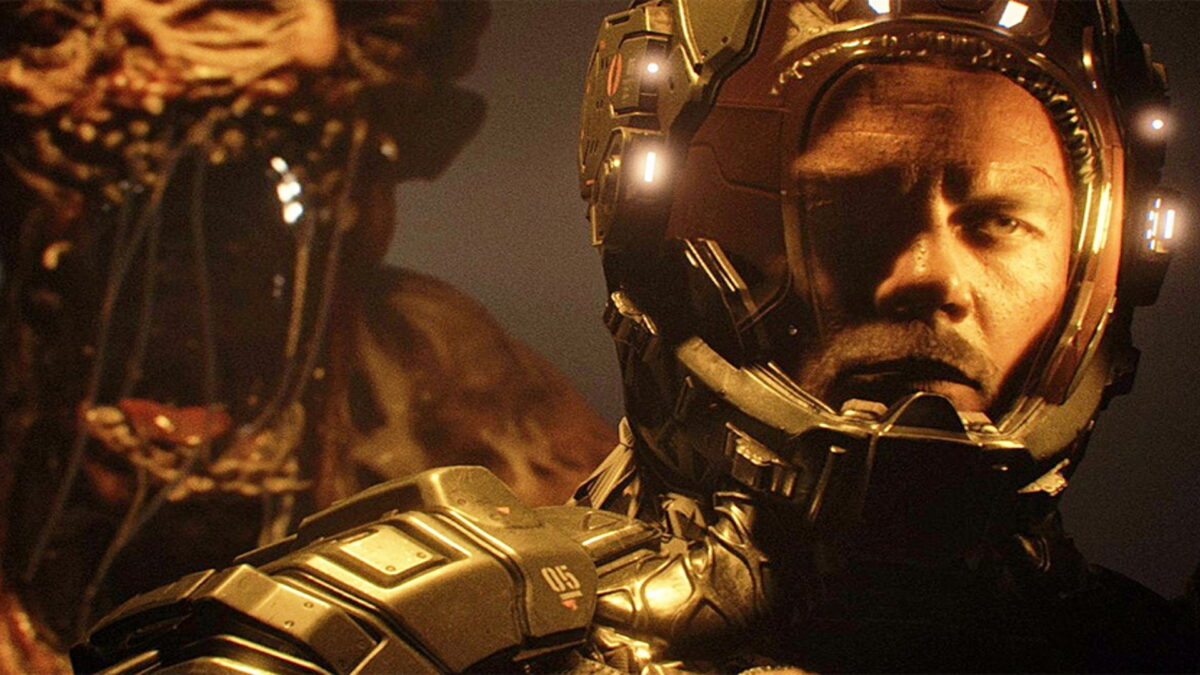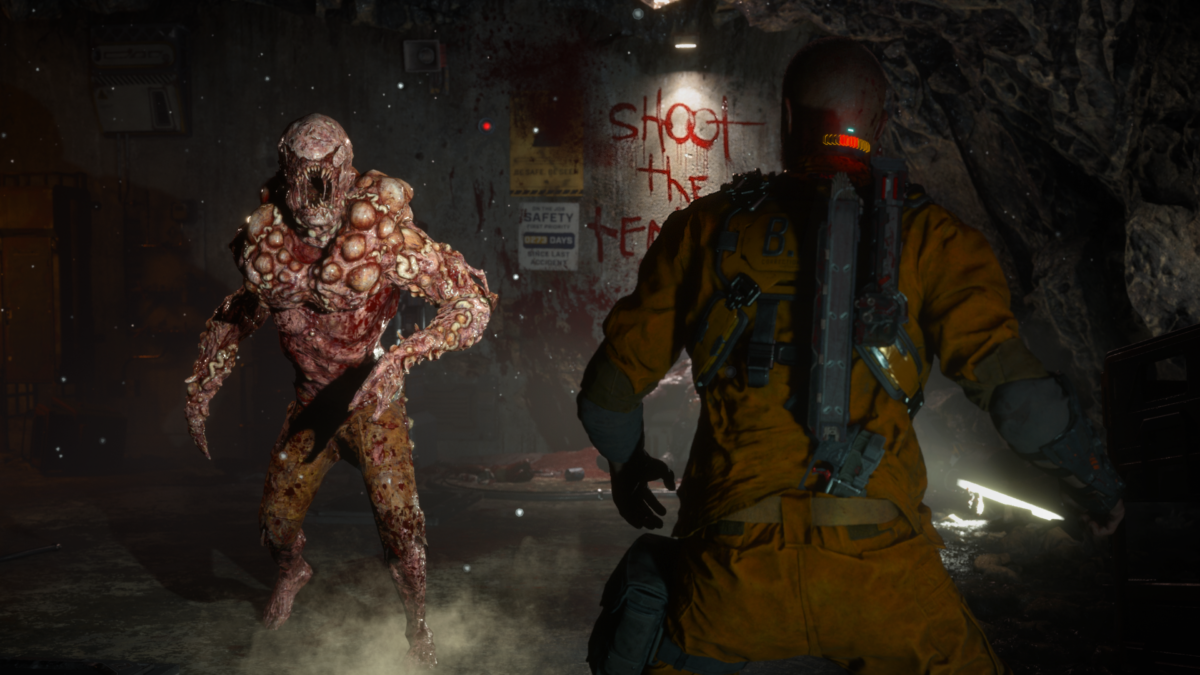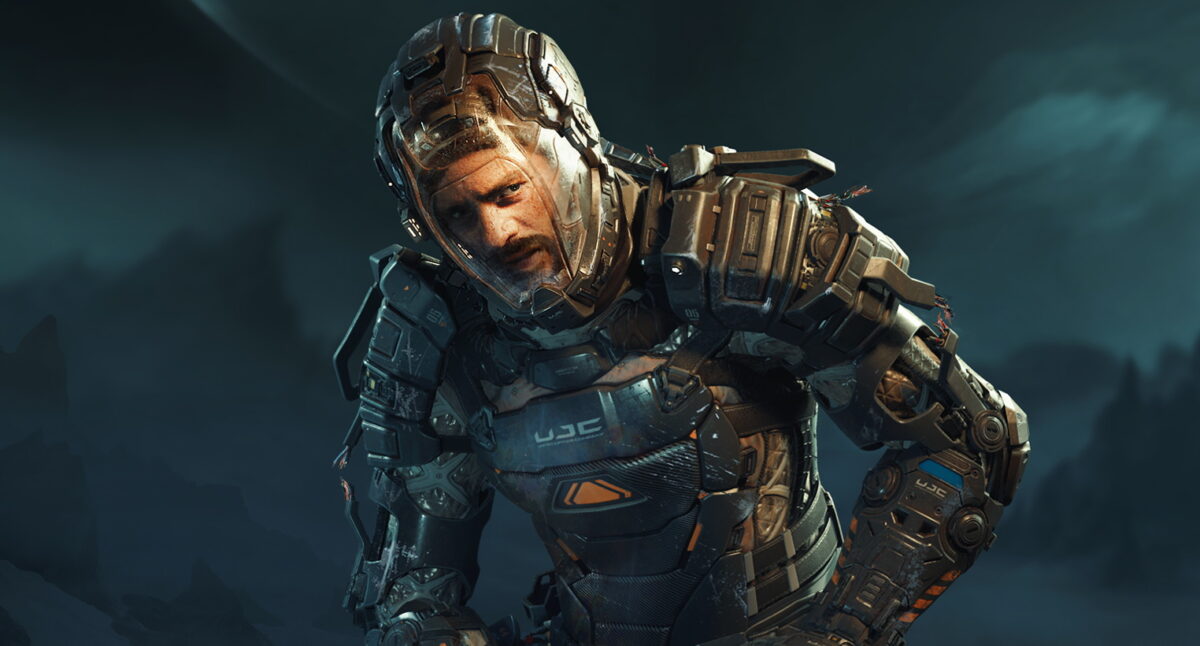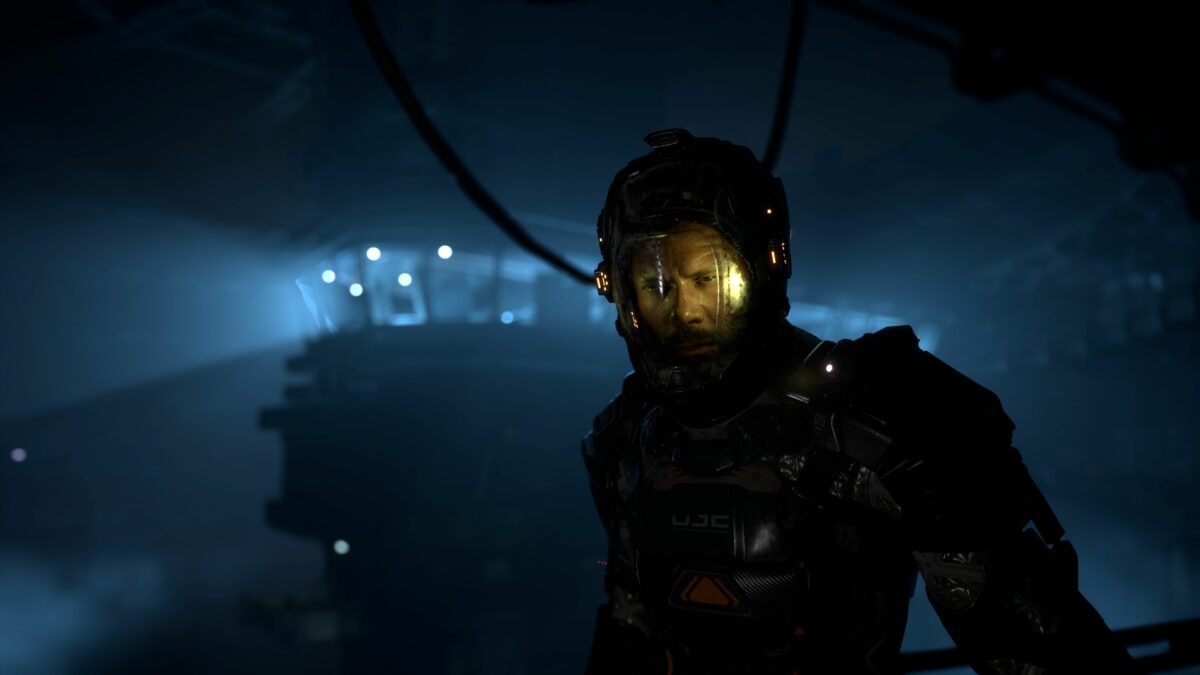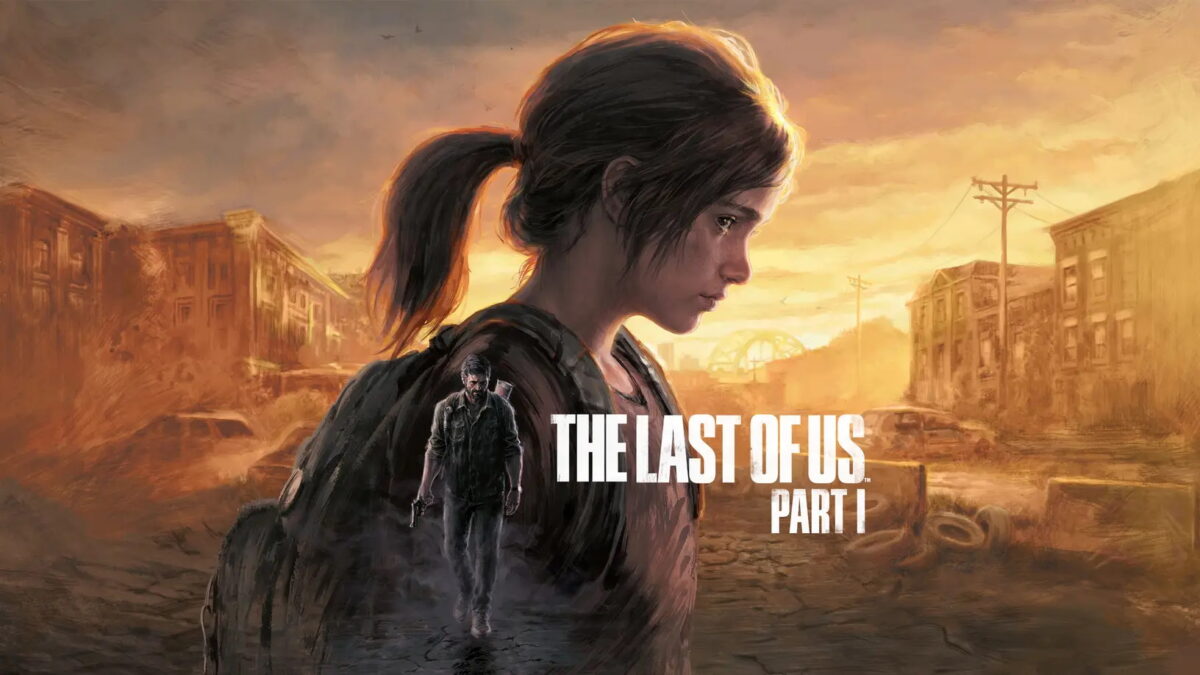As a large mechanized platform whirrs into life and sends me hurtling toward my next near-death experience, a horrifying two-headed monster pops up and attempts to make me its breakfast. How do I – the protagonist of this review – react? Do I let out a frightened cry, or lean forward for an adrenaline-fuelled battle?
Nope. I just sigh. I’m sad to say that by that point in The Callisto Protocol’s latter half, I was thoroughly over it.
[mm-video type=video id=01gk757azjg3pe91d7gw playlist_id=none player_id=none image=]

It’s a shame because the first half of The Callisto Protocol is a brilliant game. As you start making your way through the bowels of this massive prison on one of Jupiter’s moons, it’s a thrilling experience.
Such simple horror techniques are employed to great effect. Corridors are dark and claustrophobic, enemies leap out with little anticipation, and you slowly watch as this pristine institution becomes warped and corrupted by this horrific infection.
The soundscape is fantastic, and one of the game’s strongest points. Bumps in the distance will keep you on edge as you slowly wander, giving you an intense feeling that you’re always on the brink of being attacked. When the creatures finally do come after you, their feral growls and cries are grating on the ears in just the right way, fitting their mutated appearance as their bodies slowly rot away.

It knows when silence is just as terrifying too. It creates the perfect pace as those bumps fade, leaving you with just the sound of your own footsteps. Then, as enemies come into view, you hear their growls, and you have to make yourself quiet, letting the tension ramp up until it finally bursts as you get spotted and have to fight. Then, later on, you’ll be thrown out into a blizzard and the situation will flip, with the environmental noises obscuring the sounds of the creatures that threaten you.
The combat is a lot of fun in these early hours too. The combination of the melee weapon, ranged weapon, and grav gun gives everything a really nice flow as you rapidly switch between all three to defend yourself. It mimics the panic of suddenly being attacked as you frantically use every tool at your disposal.
It’s a lot to think about, but dodging and blocking are simple enough, with you needing to move the analog stick from side to side to avoid a strike. When I was facing these early enemies, I was having so much fun with it.

That isn’t entirely a good thing, though. I found that I was so capable of defending myself, with so many effective tools at my disposal, that the horror started to fade away. I wasn’t limited in any meaningful way, and so it started to feel more like an action game, with the long dark corridors just serving as a waiting time before the next combat encounter.
The longer the game went on, the further it slid into action territory, and this is where the problems start to show. As the enemies got stronger and harder to deal with, things got frustrating.
As much as I liked the combat system initially, it has some pretty major flaws. Firstly, it only really works in a one-on-one situation. If you’ve got a horde of enemies around you, then there’s very little you can do about it because you can’t see what they’re doing, and thus can’t dodge. Enemies off-screen seem to only attack you very rarely, which helps, but eventually there’s just too much to focus on and you can’t deal with it all.

There are stealth mechanics, so you might think you can pick off some enemies to avoid overwhelming situations. It’s a nice thought, but it very rarely works. One reason is the fact that it’s a coin flip whether the enemies around you will remain painfully oblivious to the lengthy and noisy stealth-kill animation, or if they’ll be instantly alerted and start attacking you before the animation is even finished.
The other reason is that the game loves spawning more enemies to charge at you mid-fight, so even if you do carefully start eliminating them, the room will suddenly fill up out of nowhere, and there’s nothing you can do about it.
The other major problem with the combat system is that, in the late game, it is seemingly at odds with the enemy designs. You start getting enemies that can kill you in one hit and are virtually impervious to melee attacks. The solution, you might think, would be to switch to ranged attacks, but surprise, they can one-shot kill you at range as well, and those attacks are even harder to avoid.
You’re not given much recourse at that point, you can use the grav gun to buy you a few seconds or throw them into the abyss if you happen to be near a large drop, but that’s not an exciting way to solve the problem. Then you have to worry about your ammo and hurriedly switching between guns – which is unnecessarily fiddly – and suddenly the dodging and blocking that I described as “simple” earlier require a third hand to execute effectively.

Even then, there are great things that make me want to overlook these problems. The level design is just varied enough to keep me engaged, and the pacing is masterful, knowing exactly when to put its foot down and slowly let off the gas.
If these problems with the combat had only presented themselves a couple of hours before the end of an overall solid experience, I would’ve forgiven them. They don’t, though; they start to show up about halfway through a 14-hour experience that left me in such a bad mood by the end.
While we’re on the topic, 14 hours is too long. Even if you rush a bit, the game will be about 12 hours which feels like it goes well past the peak of excitement. I’m glad they gave the story room to breathe, but it isn’t interesting enough to carry the last few hours, where I was just waiting for it to be over. I can’t help but feel I would’ve been far kinder about the game’s flaws if it was a tight 8-10 hours instead.
If you’ve been craving a survival horror experience like Dead Space, then there’s a lot you’ll like about The Callisto Protocol, but it’s not the glorious savior you might have been hoping for. With the Dead Space remake a little over a month away, it’ll be interesting to see these two games side-by-side. I had originally thought The Callisto Protocol would win out, but now I’m not so sure.
Written by Ryan Woodrow on behalf of GLHF.
[listicle id=1866520]

